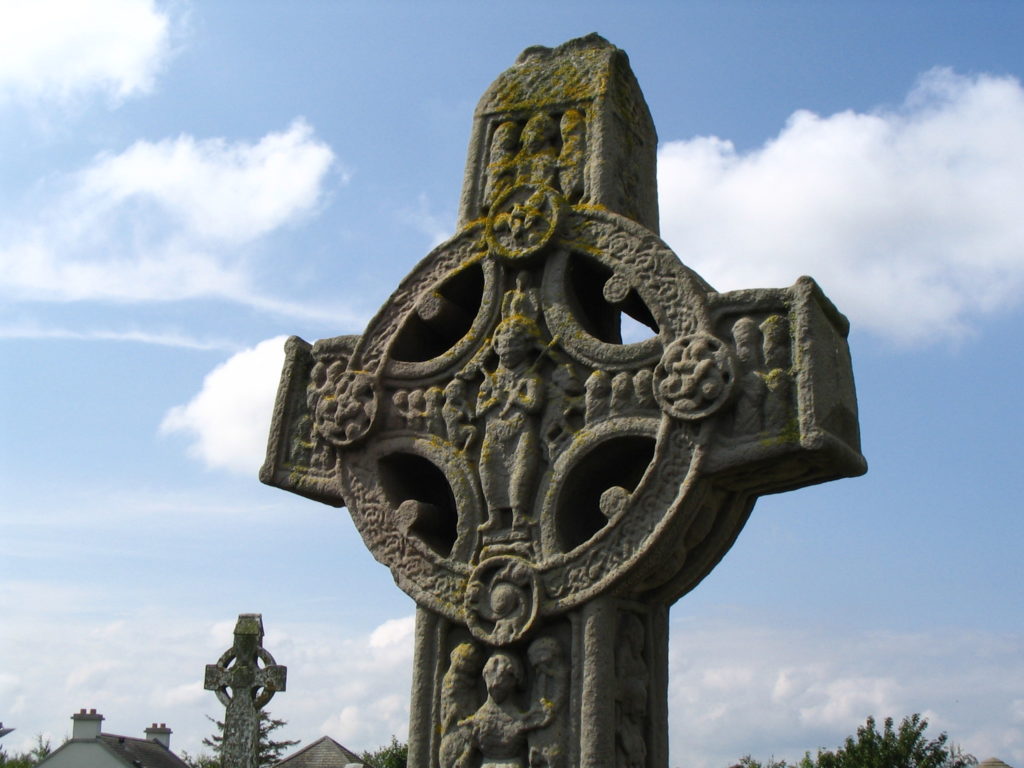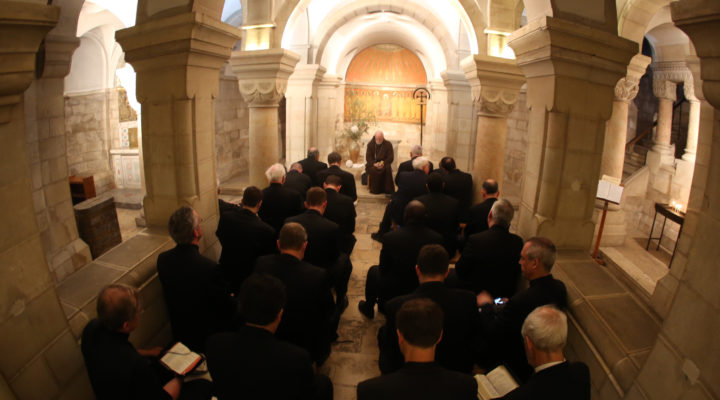Baptists and many other Protestant Christians are gradually embracing ancient physical practices that nurture spiritual growth.
“I have a friend, a Baptist pastor, who makes his own prayer beads and I carry prayer beads in my pocket all the time,” says Michael Sciretti Jr. a Baptist who leads spiritual formation workshops and retreats for the Virginia-based Epiphany Institute of Spirituality.
More and more are participating in prayer walks, walking the labyrinth, doing full prostrations during prayer, meditating and other physical practices, Sciretti says.
“I think we are awakening.”
On April 14 the Cooperative Baptist Fellowship’s released PilgriMission: Transform by Being Transformed. The published resource for congregations challenges Christians to make short-term mission experiences transformational.
“Pilgrimage often focuses on personal transformation and spiritual growth while mission travel is focused on transforming the other person in front of you,” PilgriMission co-editor Josh Speight said in a CBF blog post announcing the publication, which was created in cooperation with CBF South Carolina and published by Nurturing Faith.
“PilgriMission seeks to change this thought process throughout the preparation and engagement in mission to help groups grow spiritually, theologically and missiologically.”
Transformative effect
An effort to blend pilgrimage and missions may appeal to Christians more accustomed to ministry in the field than contemplative practices, Sciretti said.
“You can be contemplative in the midst of mission work,” he said.
“Our faith is so incarnational, but … my own [Baptist] tradition has been cut off from seeing the body as manifesting spirit,” he said. “I think these body practices are critical.”
They are not only critical, but universal, said Blake Burleson, senior lecturer in religion at Baylor University.
Whatever the faith tradition, pilgrimages are rituals of initiation that change the personality and spirituality of the pilgrim, Burleson said.
“It has a transformative effect,” he said. “They leave as one person and return as somebody else.”

Sacred sites, like this one, can connect a pilgrim with an ancient form of spirituality, and one that is being increasingly adopted by Baptists and some other Protestant groups. (Photo/Israeli Tourism/Creative Commons)
The break with these practices occurred centuries ago when many Protestants sought actively to reject anything associated with the Roman Catholic Church, Burleson said. Henry VIII, for example, dismantled many sites in the England considered sacred by Catholics.
But in many ways the need for such practices could not be fully suppressed. Trips to the Holy Land are popular among many evangelicals while many progressive Baptists consider churches identified with the civil rights movement to be sacred.
Even people with no religious affiliations can experience the urge for pilgrimage when they visit famous baseball parks and American Civil War battlefields, Burleson said.
Some Anglo Texans, Christian or not, would see the Alamo as a pilgrimage site, he added, though many Hispanics take a very different view.
‘Seeing the world with new eyes’
But Christians need look no further than their own scripture for clues that pilgrimage is about faith, not a particular denomination, Sciretti added.
Locations where Jesus performed his miracles are now ancient sacred sites that bestow profound experiences upon pilgrims, he said.
Christ himself was often a pilgrim, Sciretti said.
“Jesus took his final pilgrimage to Jerusalem, which led ultimately to his death.”
Christians who visit these sites come away “seeing the world with new eyes” and go forward with a stronger faith and “a more wakeful presence,” he said.




